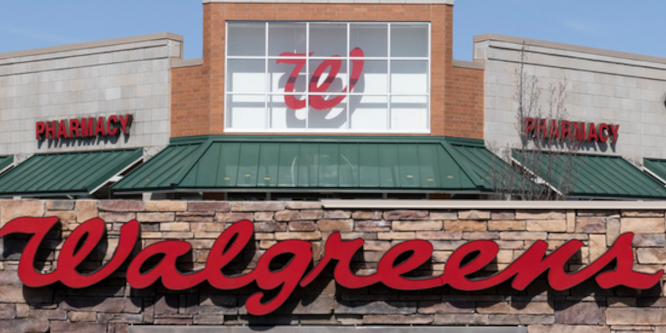
Source: iStock | Jonathan Weiss
Walgreens is piloting a store concept dedicated to letting customers shop while preventing criminals from stealing.
The redesigned store in Chicago’s South Loop neighborhood has its merchandise entirely locked down except for two aisles dedicated to essentials that can be shopped independently, according to a report by CWB Chicago. Customers must choose what non-essential items they want from an iPad-based digital kiosk, then pick up the products at the checkout counter where a Walgreens employee retrieves them. Signage encourages customers to allow the store staff to shop “for them.” Shelves are low, providing constant visibility throughout the store.
Walgreens said it was “testing a new experience at [the] store with new concepts, technologies, and practices to enhance the experiences of [its] customers and team members.”
While a reader of CWB Chicago purported to have corresponded with Walgreens earlier this year and received a letter in which the chain specifically pointed to mitigating theft and employee safety among the reasons for the coming redesign, a Walgreens representative reached out to CWB Chicago denying that Walgreens authored the letter.
Much of retail’s recent problem with shrink has been attributed to organized retail crime, that is, criminal gangs that recruit people to shoplift from retailers on a large scale and resell the stolen goods online. On an investor call last month, Target CEO Brian Cornell said that organized retail crime stood to reduce the retailer’s profitability by $500 million in 2023.
Walgreens has been one of the most publicly visible targets of the wave of shoplifting affecting retail in some regions over the past few years. The chain in 2021 announced the closure of five stores in the San Francisco area, citing out-of-control shoplifting as the reason, a New York Times article from the beginning of 2023 recalls.
The chain, however, began doubling back on its claims about the severity of the shoplifting it was facing. James Kehoe, chief financial officer, went as far as to say that Walgreens may have overstated the effect of theft on the business and had “probably” spent too much on security measures.


Leave a Reply
You must be logged in to post a comment.